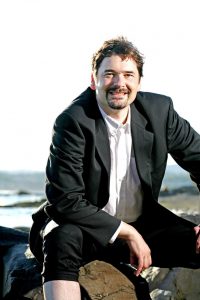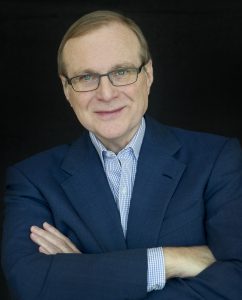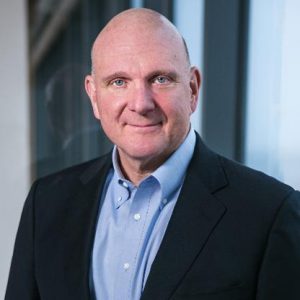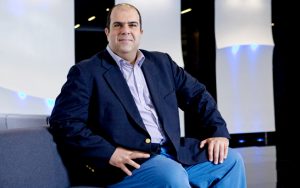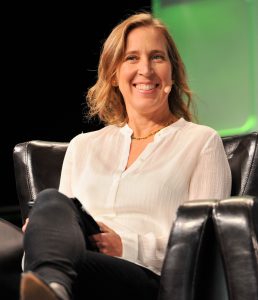Bruce McLaren : The Kiwi Motorsport Ace From New Zealand
The great racer who not only raced the cars, also designed and engineered the best racing cars for the world of the car race. At an early age, Mclaren founded the Bruce McLaren Motor Racing Ltd. He was not just a racer but his extraordinary, but short life left a legacy behind him. The Kiwi motorsport icon Bruce McLaren lived his life devoted entirely to his passion.
Early Life
Bruce McLaren was born on August 30 1937, as Bruce Leslie McLaren, Auckland, New Zealand. His father, Les McLaren, was an engineer and motor car man. His father along with his wife Ruth McLaren ran a service station and workshop. Bruce completed his primary education from Meadowbank Primary School, Auckland. Suffering from the Perthes disease, at the age of nine, his left leg remained shorter than his right leg. Due to the disease, he spent the next two years of his life, in the Wilson Home in Takapuna, on a Bradford Frame for treatment and had to leave the school. After two years, he came back to his family and started correspondence classes with a tutor. After completing his high school education, he graduated in engineering from the Seddon Technical Memorial College.
Bruce’s father, being a motor car man, loved cars and car racing. In fact, before the birth of Bruce, he used to participate in the motorcycle racing. Due to some injury, during one of his races, he had to leave motorcycle racing. But, he continued car racing, even after the accident. As Bruce had spent most of his childhood among motors and racing enthusiasts, he also grew a passion for automobiles and racing.
Career in Racing
Bruce was 14 when his father brought an old Austin Ulster to their workshop. His father wanted to repair the car so that he could take part in a car race. The car needed repair and took almost a year, to get back onto the roads. Bruce and his father even skipped meals to get the car done. After getting a driver’s license, at the age of 16, Bruce entered the first race of his life, a hill climb, about 25 miles outside Auckland.
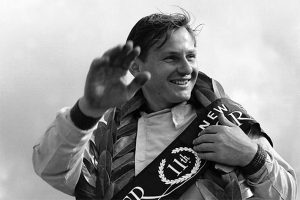
For his first real race, he drove the Ford 10 special, and later, moved to the Austin-Healey and an F2 Cooper-Climax sports. In March 1958, he participated in the New Zealand International Grand Prix and was the first runner-up. In the competition, he won the “Driver to Europe” scholarship and became first New Zealander to do so. On 15th March, Bruce left for England, where he drove for John Cooper of Cooper Cars, starting in the very first year in England.
In late 1958, he participated in the German Grand Prix, a combined F1 and F2 race, where he earned his name among the people of England. The next year, in 1959, he joined the Cooper factory F1 team, alongside Jack Brabham, and at the age 22, Bruce won the United States Grand Prix, becoming the youngest ever GP winner of that time. Brabham was the Australian car race driver, who was also in the NZIGP Association’s selection committee. After this win, he won the Argentine Grand Prix (1960), Monaco Grand Prix (1962), and New Zealand GP (1964).
In 1963, Bruce founded the Bruce McLaren Motor Racing Ltd, along with an American sponsor Teddy Mayer, and continued racing, winning many Cooper races. In 1965, he announced his own GP team. Like his father, in the same year, he also invested in a service station. The station was established in his hometown Aukland and was named as Bruce McLaren Motors. He worked with Cooper for 7 long years, and left it, to develop his own Formula One race car, winning the team’s first Grand Prix in 1968. In the same year, he won the 24 hours of Le Mans in a 7-litre Ford Mark IIA, and in 1969, the 12 hours of Sebring in a Ford Mark IV.
Personal Life
Bruce married his wife, Patricia Broad, on 9 December 1961. The couple had a daughter named Amanda. On 2 June 1970, while testing his new M8D, at the Goodwood Circuit in England, his car crashed on the Lavant Straight, just before Woodcote corner and he died in the accident, at the age of 32.
The racing team founded by Bruce continued participating in Formula One races and won 8 Constructors’ Championships and 12 Drivers’ Championships. He has got the Taupo Motorsport Park, in New Zealand, renamed Bruce McLaren Motorsport Park in 2015. His name is inducted in the New Zealand Sports Hall of Fame, International Motorsports Hall of Fame and the Motorsports Hall of Fame of America.

Yashica is a Software Engineer turned Content Writer, who loves to write on social causes and expertise in writing technical stuff. She loves to watch movies and explore new places. She believes that you need to live once before you die. So experimenting with her life and career choices, she is trying to live her life to the fullest.
